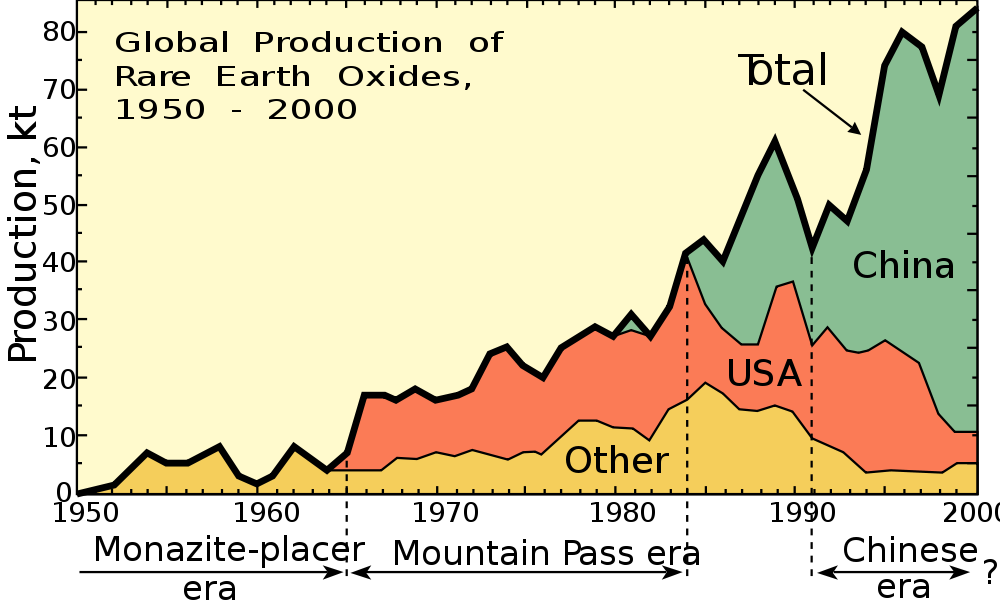
Project 4 – Flexible design
Flexible design was a collaboration between the Department of Chemical Engineering and K.A. Rasmussen and started in 2010, based on industrial funding and with emphasis on on-site experimental research.
This research on rare earth separation ended in 2016 but the ideas behind the project are now commercial in the company REEtec.
There is an increasing demand for special metals like the rare earth elements and precious metals. These have a wide range of applications: in electronics, optics, as catalysts among others. Liquid/liquid extraction is the dominant technique for isolating special metals today. The research project Flexible design focused on developing an alternative separation technology using chromatography - potentially both more efficient and sustainable than the present method.
A successful separation method should be able to handle variations both in the feedstock – ore from different sources and recycled metals – and in the product mix as a consequence of shifting prices. This requires a flexible design and is achieved through splitting the task into two parts: column design before a major campaign and optimization of the operating conditions during the campaign. The process was thus optimized on two levels.
The first part of the project was focused on modeling of the separation and the optimization of multiple-product chromatography. A pilot-scale separation unit was set up with the goal to produce marketable quantities of metal. The project was done in close collaboration with K.A. Rasmussen A/S and an associated project in Norway.
